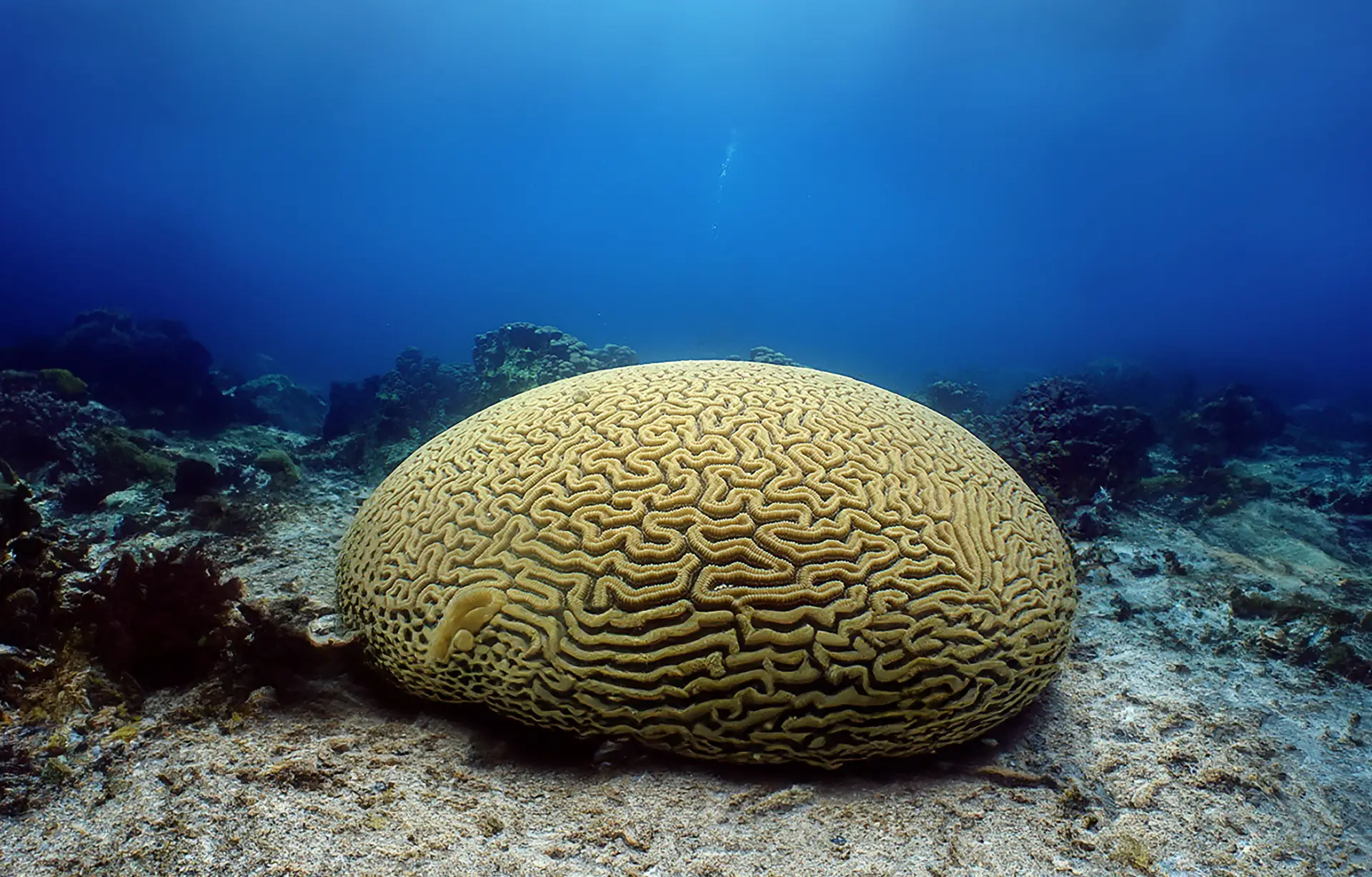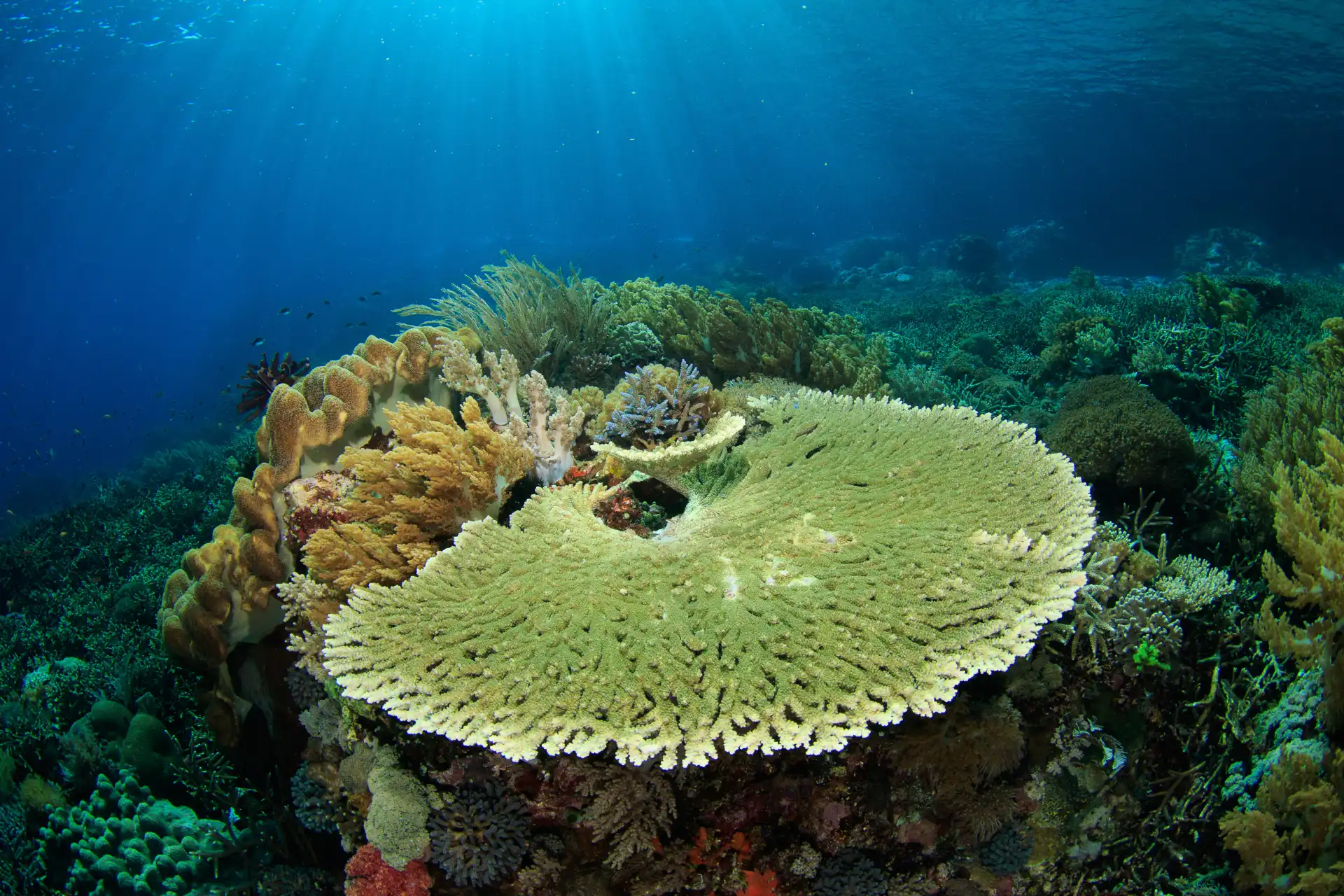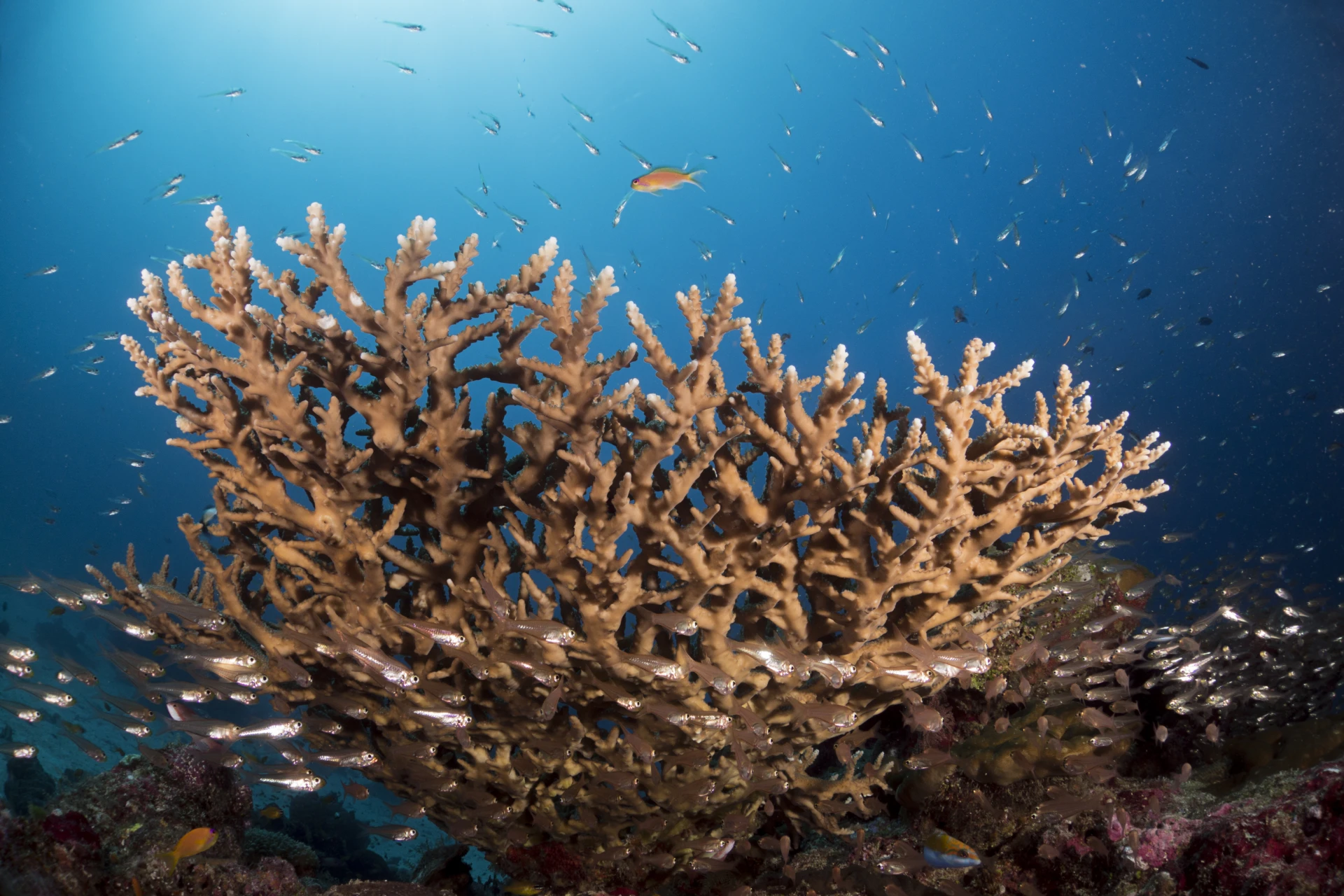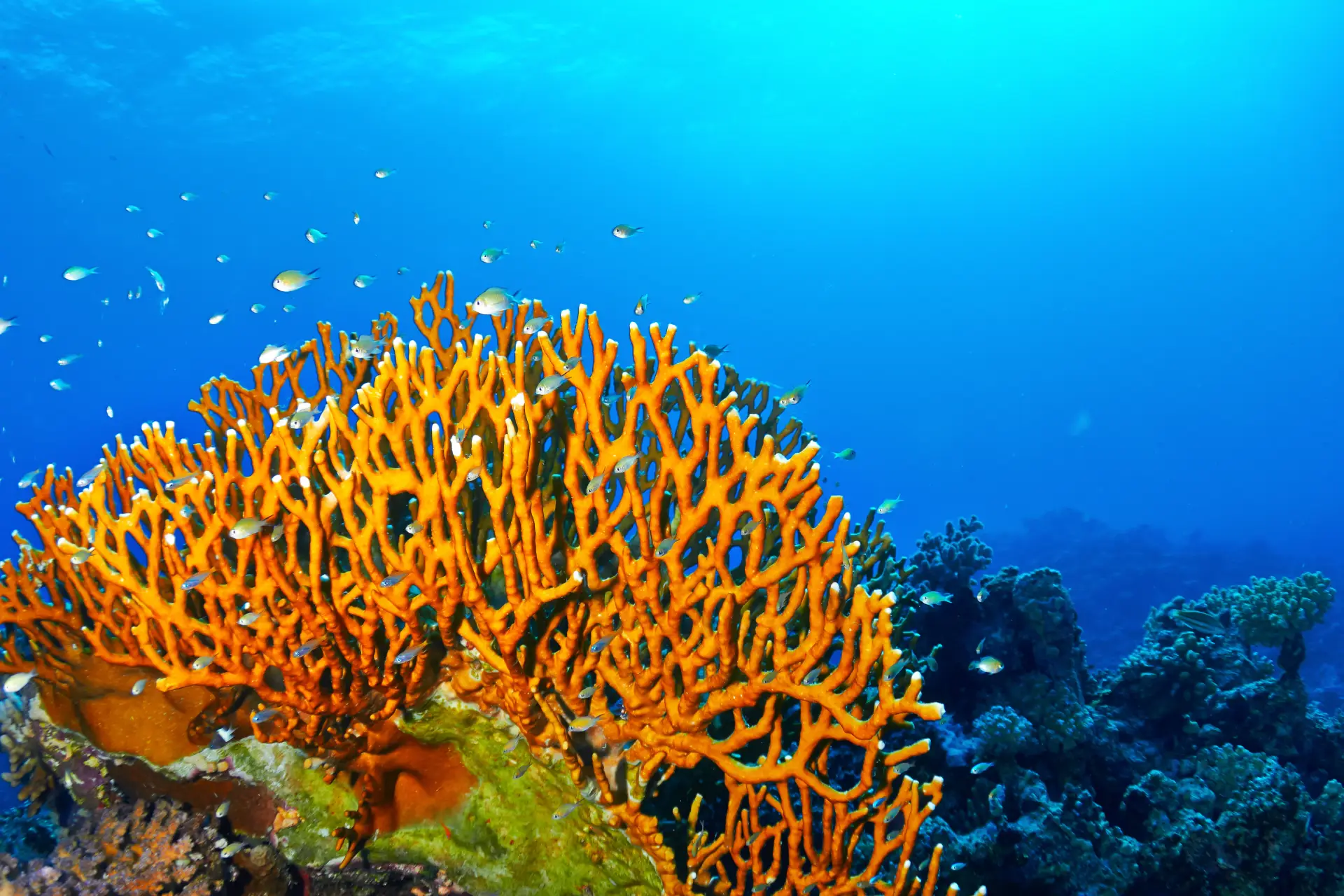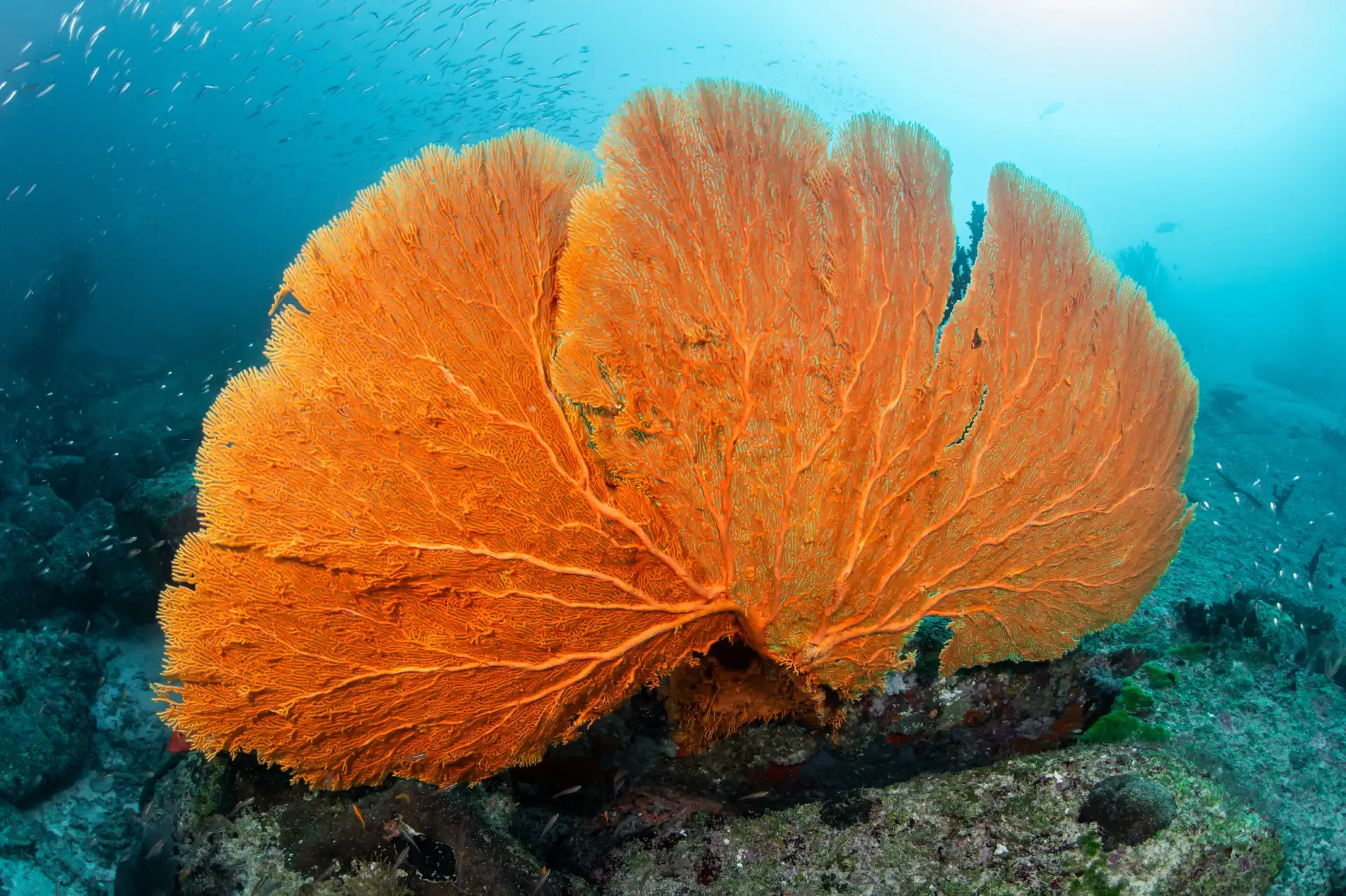The Architects and Artists: A Guide to the Corals of the Red Sea
When we talk about the breathtaking beauty of the Red Sea, we are really talking about the genius of its master builders: the corals. These tiny, colonial animals are the heart and soul of the entire ecosystem. Over millennia, they have constructed vast, intricate, and vibrant underwater cities that shelter a staggering diversity of life. Without coral, there is no reef.
To dive in Hurghada is to witness one of the most resilient and spectacular coral reef systems on the planet. The unique conditions of the Red Sea have fostered a rich variety of coral species, each with a unique shape, colour, and role to play.
At Scubadore Hurghada, we see ourselves as guides to these living museums. We believe that understanding what you’re looking at transforms a pretty dive into a profound one. Let’s take a closer look at the two main groups of corals you’ll meet on your dives with us: the architects and the artists.
Of course. Here is a blog post about the types of coral found in the Red Sea, written in the Scubadore Hurghada brand voice and with all the requested parameters.
The Architects and Artists: A Guide to the Corals of the Red Sea
When we talk about the breathtaking beauty of the Red Sea, we are really talking about the genius of its master builders: the corals. These tiny, colonial animals are the heart and soul of the entire ecosystem. Over millennia, they have constructed vast, intricate, and vibrant underwater cities that shelter a staggering diversity of life. Without coral, there is no reef.
To dive in Hurghada is to witness one of the most resilient and spectacular coral reef systems on the planet. The unique conditions of the Red Sea have fostered a rich variety of coral species, each with a unique shape, colour, and role to play.
At Scubadore Hurghada, we see ourselves as guides to these living museums. We believe that understanding what you’re looking at transforms a pretty dive into a profound one. Let’s take a closer look at the two main groups of corals you’ll meet on your dives with us: the architects and the artists.
The Architects: Hard Corals (Scleractinia)
Hard corals are the primary reef-builders. Each individual polyp (a tiny, anemone-like animal) secretes a hard limestone skeleton (calcium carbonate) around its base. Over thousands of generations, these skeletons build up, creating the massive, complex structures that form the foundation of the reef. They are the architects of the underwater world.
When you dive with us, you’ll see their incredible architectural diversity:
Brain Coral (Platygyra): One of the most recognizable corals, brain coral forms large, grooved spheres that look remarkably like a human brain. These are incredibly slow-growing and long-lived, with large colonies being potentially hundreds of years old. Their sturdy, boulder-like shape makes them highly resistant to wave action.
Table Coral (Acropora): These corals create magnificent, flat, table-like structures that can stretch several meters across. They grow this way to maximize their surface area for exposure to the sun, as the symbiotic algae living in their tissues (zooxanthellae) need sunlight for photosynthesis. They often provide a crucial shady shelter for fish below.
Branching & Staghorn Coral (Acropora): Forming dense, tree-like thickets, these fast-growing corals are vital to the health of the reef. Their complex, branching structures create an essential nursery habitat, providing countless hiding places for juvenile fish, shrimp, and other small creatures, protecting them from predators.
Fire Coral (Millepora): While it looks like a hard coral, Fire Coral is actually a hydrozoan, more closely related to jellyfish. It has a powerful sting, delivered by nearly invisible stinging cells (nematocysts). It’s a great lesson in our number one rule: look, but never touch! Its skeleton is often a mustard-yellow or brownish colour. Our guides are experts at pointing it out so you can admire it from a safe distance.
The Artists: Soft Corals (Alcyonacea)
If hard corals are the city’s buildings, soft corals are the vibrant gardens, swaying sculptures, and colourful tapestries that bring it to life. Soft corals do not have a solid external limestone skeleton. Instead, their tissues are supported by tiny, spiny skeletal elements called sclerites. This allows them to be flexible, bending and swaying gracefully with the ocean’s currents.
The Red Sea is particularly famous for the sheer abundance and vibrancy of its soft corals.
Gorgonian Sea Fans: These are some of the most elegant and beautiful structures on the reef. They grow in delicate, intricate, fan-like planes, always oriented perpendicular to the prevailing current. This allows them to effectively filter tiny plankton from the water as it flows through their branches. They are often found on deeper reef walls and pinnacles.
“Broccoli” Coral (Lithophyton arboreum): A true Red Sea specialty, this soft coral is a diver’s delight. It forms beautiful, tree-like structures that resemble a head of broccoli. What makes it so special is its ability to rhythmically pulse its polyps, opening and closing in a mesmerizing, coordinated dance.
Leather Corals (Sarcophyton): These corals have a tough, leathery texture and often form large, mushroom-shaped or folded colonies. They can be found in a variety of colours, from muted greens and browns to vibrant yellows. They are very hardy and can be one of the dominant coral types in shallow reef flats.
Xeniidae Corals (Pulsing Xenia): Similar to the Broccoli Coral, corals from the Xeniidae family are famous for their pulsing polyps. These small, feathery corals often grow in dense mats, and their constant, rhythmic pulsing is one of the most hypnotic sights on the reef. Scientists believe this movement may enhance photosynthesis and gas exchange.
The Scubadore Difference: A World in Detail
Understanding and appreciating the diversity of coral is at the heart of what we do. The beauty of diving in a small, well-guided group is that you have the time to look at the details. We won’t just swim past a coral head; we’ll pause. Our guides will point out the different species, explain their roles, and show you the tiny shrimp and fish that call a single branch home.
The coral reefs of Hurghada are a precious, living treasure. By learning to recognize the different architects and artists of this world, you deepen your connection to it and become a more passionate advocate for its protection. Join us, and let’s explore this magnificent living city together, one beautiful detail at a time.


